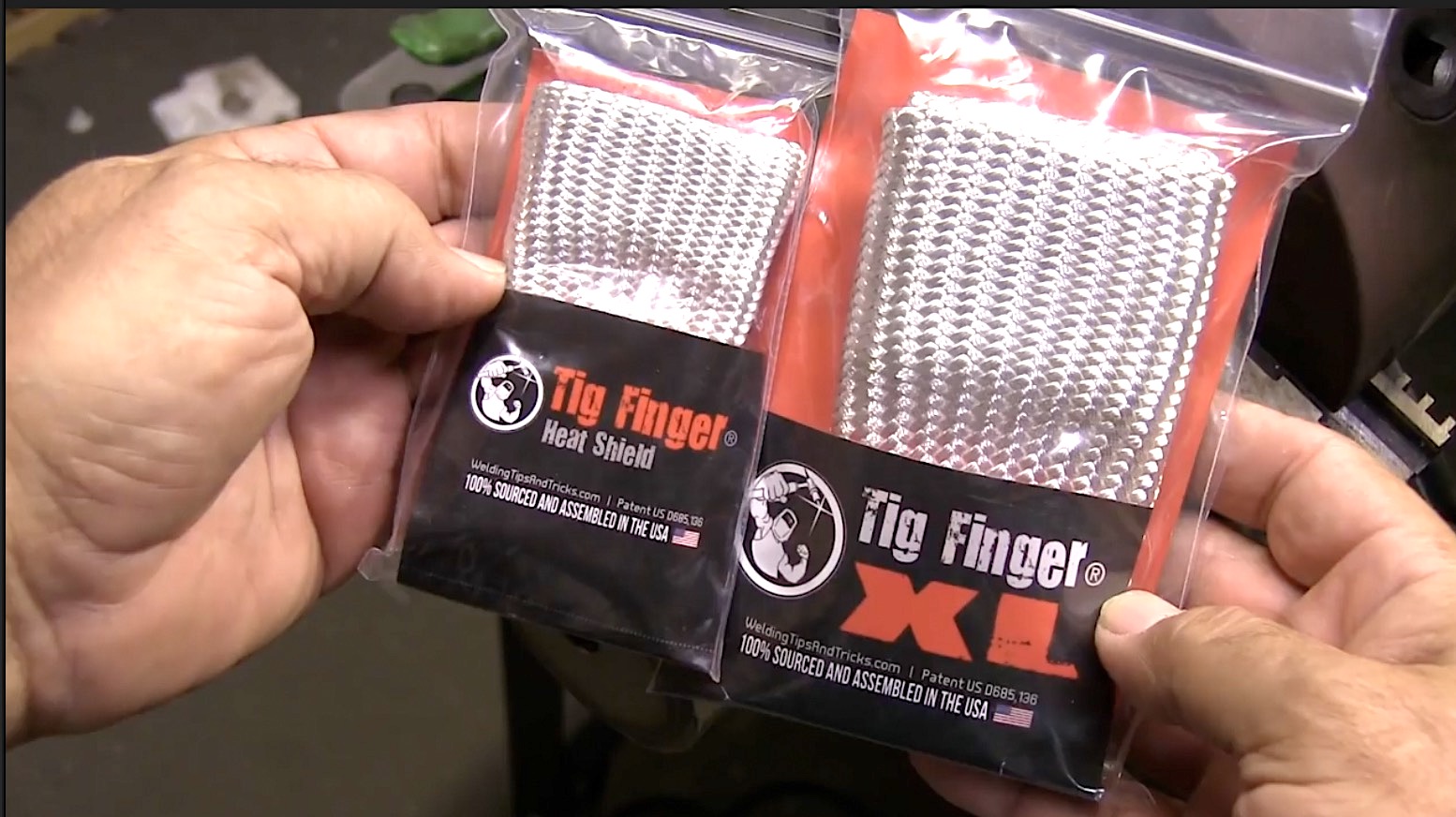2G Welds
2g plate 6010 root pass video
See more on 2G welds during your Free 7 day test drive at Welderskills.com
2g plate 6010 root- 7018 fill and cap
2g plate 7018 with backing strap
4 inch pipe TIG root technique 2g position
2g 2 inch pipe freehand TIG root, hot pass, and cap
- HOME
- WELDING CERTIFICATION
- 2g Welds
The 2G weld position is a common position in the welding industry.
But it's a bit different from the 6G. In a 2G weld test, the "2" refers to the position of the joint, and the "G" still stands for groove weld.
Now, in the 2G position, the weld might be done on either plate or pipe.
The "2" means the joint is in a horizontal position, and the welder is welding in a horizontal direction. So, instead of working at a 45 degree angle like in the 6G position, the welder is making the weld on a horizontal plane.
Because the welding is done horizontally, the welder is usually not required to use a non dominant hand.
A 2g weld joint is generally considered one of the easier positions for welders to weld. However, it still requires skill and precision to create a sound and uniform weld.
In summary, a 2G weld position involves welding horizontally, and it's a bit less challenging compared to positions like the 6G, but it's still an important position to learn.
Before trying a 2g plate test, a simple horizontal 2f multi pass fillet weld tee joint is great practice.
After the 2f tee joint, padding beads on plate in the horizontal position is also great practice that prepares you for a 2g weld test.
padding beads with 7018 in horizontal position
If I had to pick one practice skill drill for students, I think padding beads would be the one.
It doesnt matter what type of welding you need to practice, padding beads...stacking beads halfway over the previous bead, is probably the best single practice drill you can do to get better at any welding process no matter what position.
You can pad beads in any position.
Flat, horizontal, vertical, and overhead.














